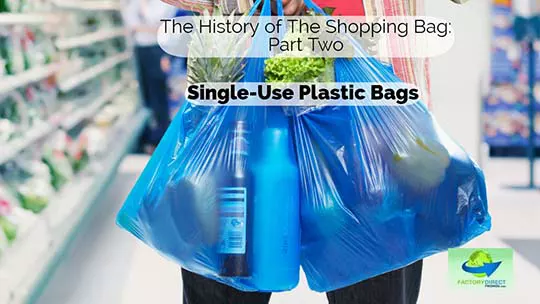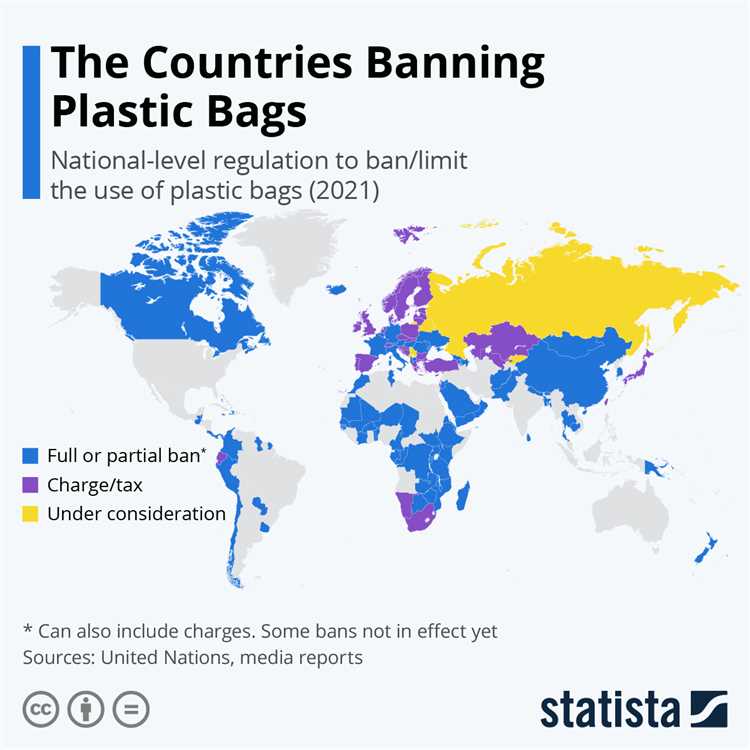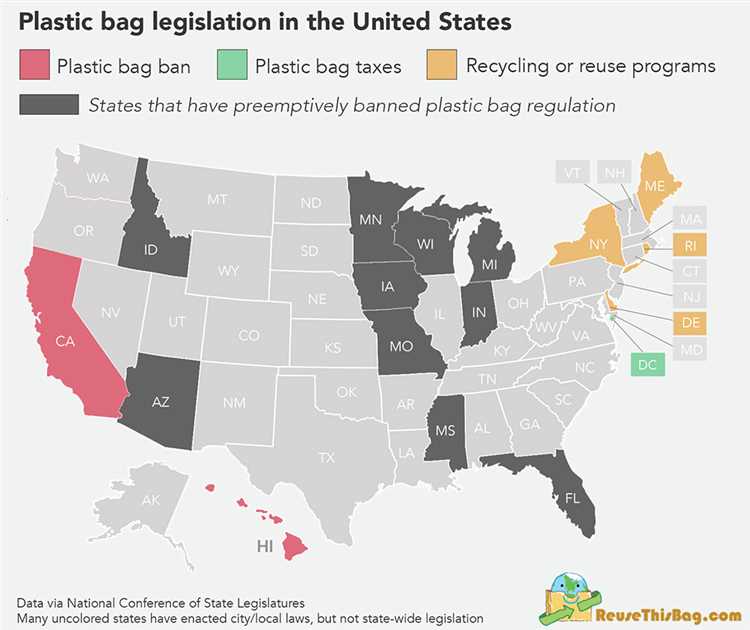
Plastic bags have become an essential part of our daily lives, used for various purposes such as grocery shopping, packaging and storage. However, have you ever wondered about the fascinating history and origins of these ubiquitous bags? The country behind the invention of plastic bags is Sweden – a nation known for its innovation and environmentally conscious practices.
In the 1950s, a Swedish engineer named Sten Gustaf Thulin revolutionized the concept of packaging by introducing the concept of the plastic bag. Working for the packaging company Celloplast, Thulin was tasked with designing a replacement for the paper bag that would be more durable, waterproof, and cost-effective.
Thulin’s invention, which he named the “plastic envelope,” was made from a thin, tear-resistant plastic film that could be easily folded and sealed. This innovation quickly caught the attention of the retail industry, as it provided a convenient and lightweight alternative to traditional packaging materials.
Initially, plastic bags were primarily used in supermarkets and grocery stores due to their ability to hold large quantities of items. However, their popularity soon spread to other industries and consumer segments, leading to their widespread adoption across the globe. Today, plastic bags have become a symbol of convenience and mass production, with millions being used and discarded every day.
- The Origins of Plastic Bags
- Early Developments in Plastic Bag Technology
- First Plastic Films
- The Advent of Polyethylene
- Invention of the Modern Plastic Bag
- The Rise of Plastic Bags in the Country
- Government regulations and awareness campaigns
- Adoption of reusable bags
- Environmental Impact of Plastic Bags
- Production
- Excessive Usage and Waste
- Government Actions and Regulations
- Plastic Bag Bans
- Plastic Bag Taxes
- Alternatives to Plastic Bags
- Question-answer:
- Who invented plastic bags?
- Where did plastic bags originate from?
- Who invented plastic bags?
- What was the purpose of inventing plastic bags?
- How did plastic bags become popular worldwide?
The Origins of Plastic Bags
Plastic bags, which have become an everyday commodity in our lives, have a fascinating history and origin. The invention of plastic bags can be traced back to the early 20th century, with several significant milestones along the way.
One of the earliest contributions to the development of plastic bags was made by Swedish engineer Sten Gustaf Thulin. In the early 1960s, Thulin worked for the Swedish packaging company Celloplast. He invented a simple yet revolutionary design, known as the T-shirt bag or the T-shirt handle bag, which quickly gained popularity.
Another important milestone in the history of plastic bags is the introduction of high-density polyethylene (HDPE) in the 1950s. This type of plastic, known for its strength and durability, revolutionized the bag industry. HDPE made it possible to produce thin, lightweight bags that were capable of carrying heavy loads.
In the 1970s, plastic bags started to gain popularity worldwide, particularly in grocery stores and supermarkets. The convenience and affordability of plastic bags made them a preferred choice among consumers and retailers alike.
However, as the use of plastic bags increased, so did the environmental concerns. Plastic bags were found to be a major contributor to pollution, litter, and marine debris. This led to a growing awareness of the need to reduce the use of plastic bags and find more sustainable alternatives.
Today, many countries have implemented various measures to address the issue of plastic bag pollution. Some have banned single-use plastic bags altogether, while others have introduced taxes or fees on their usage. There is also a growing trend of using reusable bags made of materials like cloth or recycled plastic.
The history and origins of plastic bags serve as a reminder of the importance of innovation, as well as the need for sustainable solutions to tackle environmental challenges. It is essential to continue exploring new materials and methods that can replace plastic bags and reduce their impact on our planet.
Early Developments in Plastic Bag Technology

Plastic bags have become a ubiquitous part of our daily lives, but their origins can be traced back to the early 20th century. The journey of plastic bags began with the development of new materials and technologies.
First Plastic Films
In the 1930s, scientists discovered synthetic polymers, which led to the creation of the first plastic films. These films served as the foundation for the development of plastic bags. Initially, these films were used for packaging and insulating purposes, but their versatility soon caught the attention of entrepreneurs looking to revolutionize the way we carry our belongings.
The Advent of Polyethylene
In the late 1950s, a breakthrough occurred with the invention of polyethylene, a thermoplastic material that could be easily molded and shaped. This discovery revolutionized the plastic bag industry as polyethylene became the material of choice due to its low cost, durability, and ease of production.
With the advent of polyethylene, plastic bags became more accessible and affordable for consumers. The lightweight nature of these bags made them a convenient alternative to traditional paper or cloth bags.
Invention of the Modern Plastic Bag
In 1950, Swedish engineer Sten Gustaf Thulin invented the modern plastic bag, which he called the “plastic sandwich bag.” These bags were made from a flat tube of polyethylene, which was sealed with heat on one end, creating a simple yet effective method of bag production.
The plastic sandwich bag quickly gained popularity and became widely used for storing food and other small items. It was only a matter of time before this concept was adapted for larger sizes, eventually giving rise to the familiar plastic shopping bags we use today.
Throughout the 20th century, further advancements were made in plastic bag technology, including the introduction of color printing and various handle designs. These developments continued to propel the growth of the plastic bag industry, leading to the mass production and widespread use of plastic bags worldwide.
The Rise of Plastic Bags in the Country
Plastic bags became widely popular in the country during the late 1960s. With its durability and affordability, plastic bags quickly gained popularity among consumers and businesses alike. The convenience of plastic bags for carrying groceries, goods, and other items made them a staple in everyday life.
In the beginning, plastic bags were mainly used in supermarkets and grocery stores. Their lightweight nature and ability to hold a large amount of items made them a convenient choice for both shoppers and retailers. Soon, plastic bags started replacing traditional paper bags in many stores across the country.
The widespread use of plastic bags had a significant impact on the environment. As plastic bags started to litter streets and waterways, concerns about their environmental impact began to arise. The non-biodegradable nature of plastic made it a major contributor to pollution, particularly when improperly disposed of.
Government regulations and awareness campaigns
In response to the environmental concerns, the government implemented various regulations to reduce plastic bag usage. Several cities and provinces implemented plastic bag bans or levies, aiming to discourage their use and encourage the adoption of more sustainable alternatives.
Additionally, awareness campaigns were launched to educate the public about the negative impact of plastic bags on the environment. These campaigns emphasized the importance of reducing plastic waste and encouraged individuals to bring reusable bags when shopping.
Adoption of reusable bags

The rise of plastic bag alternatives, such as reusable bags, gained traction in recent years. Many retailers started offering reusable bags as a more sustainable option for their customers. These bags, often made of fabric or other durable materials, can be used repeatedly, reducing the need for single-use plastic bags.
Consumers also became more conscious of their environmental footprint and actively chose to use reusable bags instead of plastic bags. The adoption of reusable bags has led to a decrease in plastic bag consumption and a shift towards more sustainable practices.
Despite the challenges posed by plastic bags to the environment, the country has made significant progress in reducing plastic bag usage and promoting eco-friendly alternatives. Through government regulations, awareness campaigns, and the adoption of reusable bags, the country is working towards a more sustainable future.
Environmental Impact of Plastic Bags
Plastic bags have become one of the most common and widely used items in today’s society. However, their popularity comes at a significant cost to the environment. From their production to their disposal, plastic bags have a detrimental impact on the ecosystem.
Production
The process of producing plastic bags involves extracting natural resources, such as crude oil or natural gas. These non-renewable resources are limited and are better utilized for other purposes. Additionally, the manufacturing process requires energy, contributing to greenhouse gas emissions and climate change.
Excessive Usage and Waste
Plastic bags are often used for a short period of time before being disposed of. The lightweight nature of these bags makes them prone to littering, as they can easily be carried by the wind and end up in water bodies or landfills. This results in a significant amount of waste in the environment, where plastic bags can take hundreds of years to decompose.
| Environmental Issues | Effects |
|---|---|
| Pollution | Plastic bags pollute water bodies, harm marine life, and disrupt ecosystems. |
| Resource Depletion | The production of plastic bags depletes non-renewable resources. |
| Climate Change | The manufacturing process and decomposition of plastic bags contribute to greenhouse gas emissions. |
| Litter | Plastic bags contribute to litter and can take hundreds of years to break down. |
The environmental impact of plastic bags can also have indirect consequences. For example, animals that mistake plastic bags for food can suffer from ingestion or entanglement, leading to injuries or even death. Additionally, the presence of plastic bags in ecosystems can disrupt natural processes and damage habitats.
In recent years, efforts have been made to reduce the environmental impact of plastic bags through initiatives such as recycling programs and the implementation of fees or bans on single-use plastic bags. However, more action is still needed to address this pressing issue and find sustainable alternatives to plastic bags.
Government Actions and Regulations
The government plays a crucial role in addressing the environmental impact of plastic bags. Over the years, many countries have implemented various actions and regulations to reduce plastic bag consumption and encourage sustainable alternatives.
Plastic Bag Bans
One common government action is the implementation of plastic bag bans. These bans prohibit the production, distribution, and use of plastic bags within a certain jurisdiction. By banning plastic bags, governments aim to reduce the amount of plastic waste that ends up in landfills and ecosystems.
Plastic Bag Taxes
In addition to bans, some governments have introduced plastic bag taxes or levies. These charges are imposed on the sale or use of plastic bags, with the intention of discouraging their consumption. The revenue generated from these taxes is often used to fund environmental initiatives or waste management programs.
| Country | Date of Plastic Bag Ban/ Tax Implementation |
|---|---|
| China | 2008 |
| Italy | 2011 |
| Kenya | 2017 |
| France | 2016 |
These are just a few examples of countries that have taken action to regulate plastic bag usage. By imposing bans or taxes, governments are able to significantly reduce the consumption and production of plastic bags, leading to positive environmental outcomes.
Alternatives to Plastic Bags
With the growing concern over plastic pollution and its effects on the environment, many individuals and businesses have started seeking alternative options to replace plastic bags in their everyday lives. Here are a few alternatives to consider:
- Reusable cloth bags: Cloth bags are a popular choice as they can be used multiple times and are often made from eco-friendly materials such as cotton or hemp.
- Paper bags: While not as durable as plastic bags, paper bags are biodegradable and can be recycled.
- Biodegradable plastic bags: These bags are made from materials that break down more quickly in the environment compared to traditional plastic bags.
- Compostable bags: Made from natural materials, such as cornstarch, compostable bags can be broken down in industrial composting facilities.
- Mesh produce bags: These lightweight bags are designed specifically for carrying fruits and vegetables and are a great alternative to single-use plastic bags.
- Bamboo or silicone bags: These bags are sturdy and reusable, making them an eco-friendly option for everyday use.
It’s important to note that no single alternative is perfect, and each option has its own benefits and drawbacks. Ultimately, the shift away from plastic bags requires a combination of individual choices and systemic changes to reduce the overall use of plastic and promote more sustainable alternatives.
Question-answer:
Who invented plastic bags?
The invention of plastic bags is often attributed to the Swedish engineer Sten Gustaf Thulin. In the early 1960s, Thulin was working for the Swedish packaging company Celloplast. He developed a method of folding, welding, and die-cutting a flat tube of plastic to create a simple, lightweight, and strong bag. This design eventually became the prototype for the plastic bags we use today.
Where did plastic bags originate from?
Plastic bags originated from Sweden in the early 1960s.
Who invented plastic bags?
Sten Gustaf Thulin, a Swedish engineer, invented the modern plastic bag in the early 1960s.
What was the purpose of inventing plastic bags?
The purpose of inventing plastic bags was to create a lightweight, durable, and waterproof alternative to paper bags.
How did plastic bags become popular worldwide?
Plastic bags became popular worldwide due to their convenience and low production cost. Additionally, their versatility and ability to be easily customized for various purposes contributed to their global popularity.